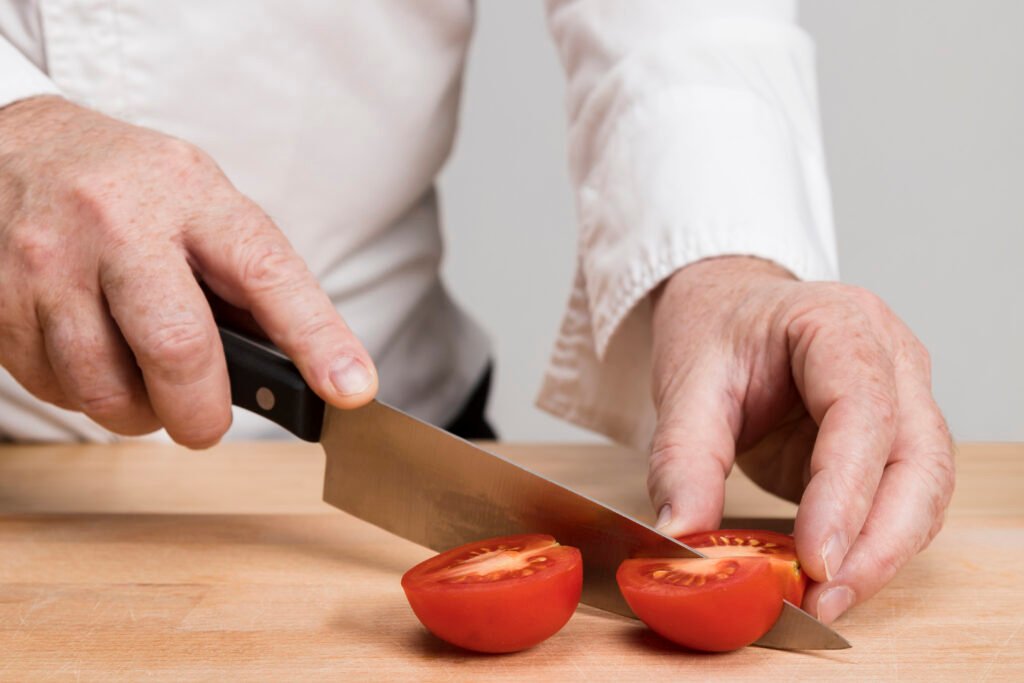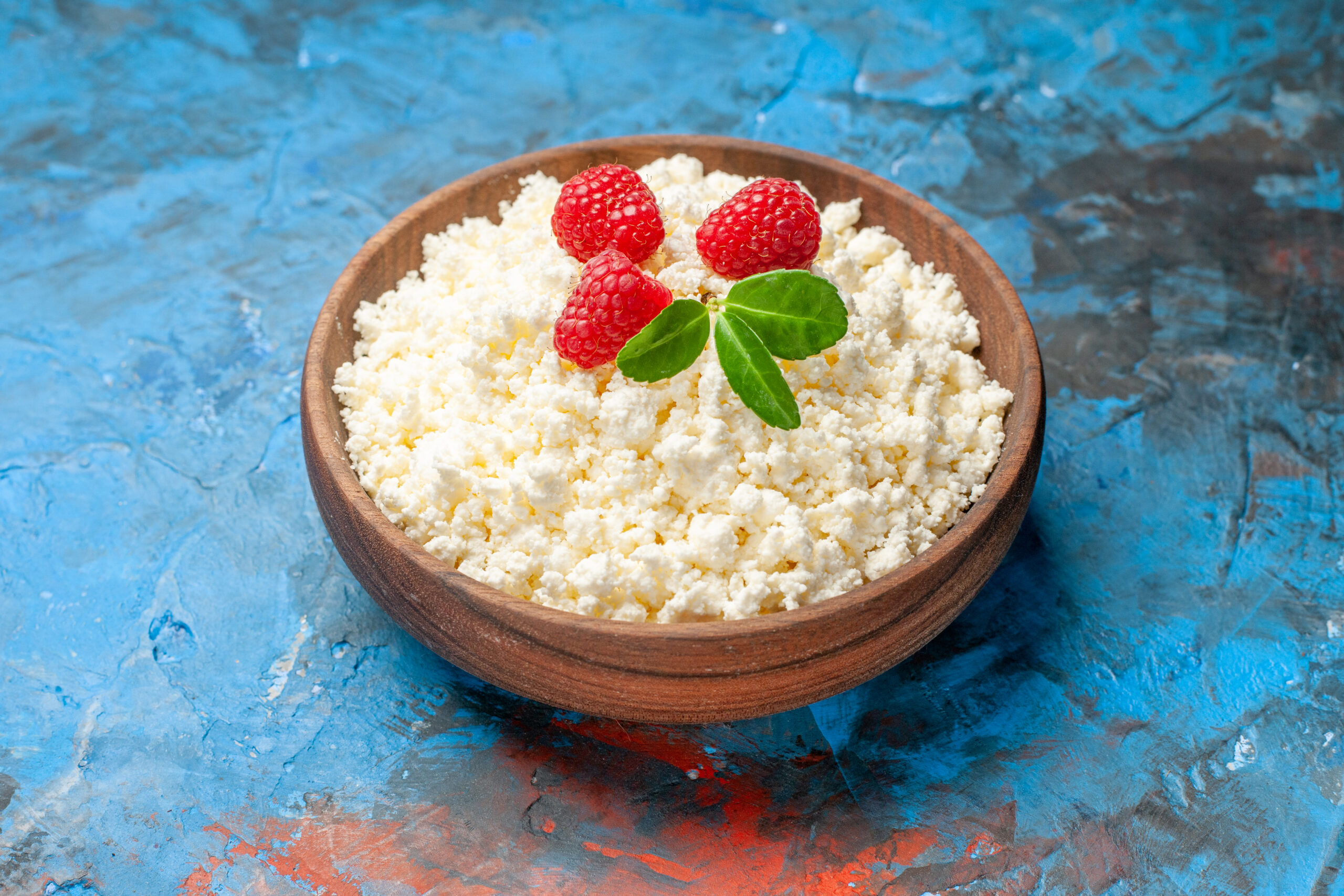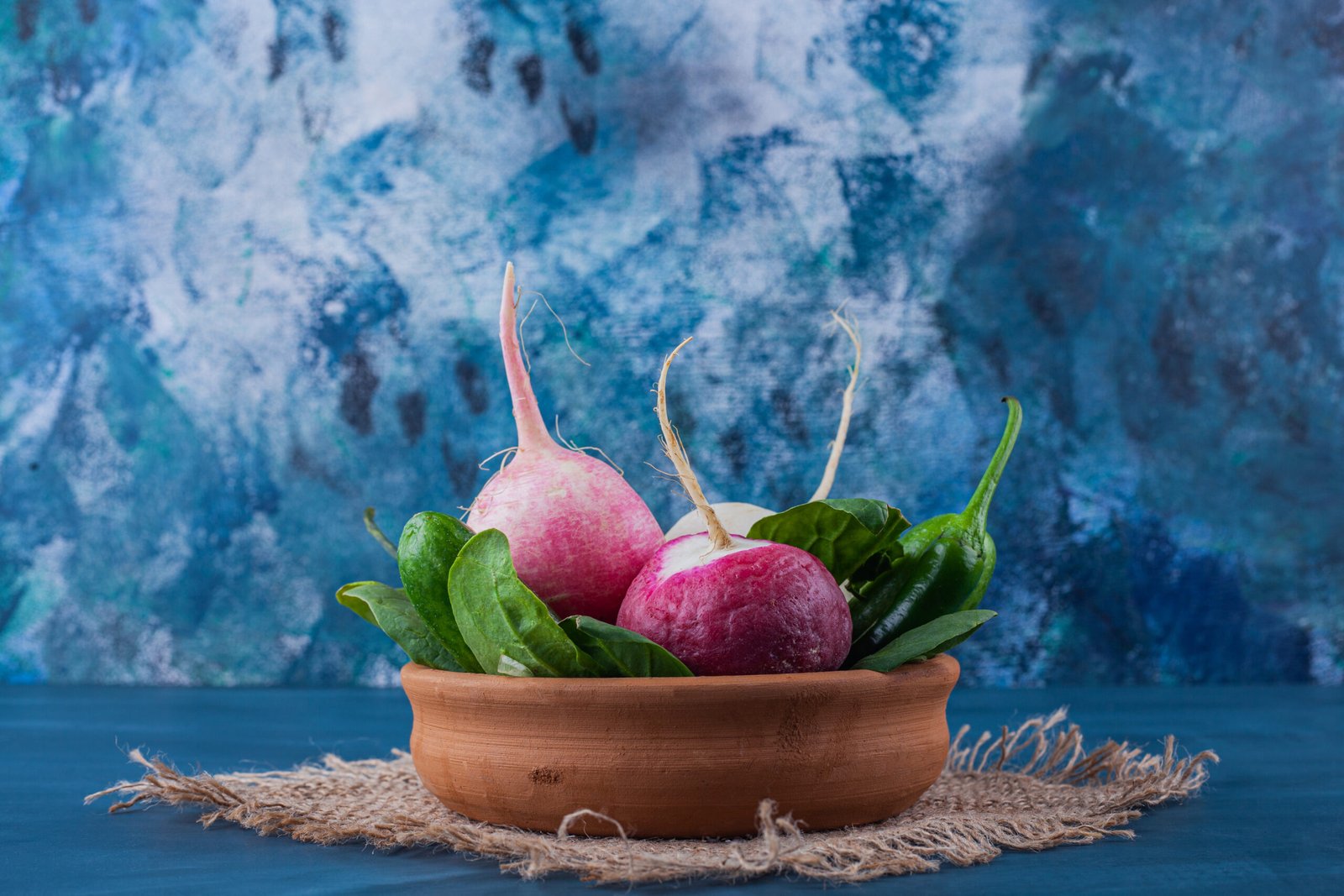1. Introduction
Saving tomato seeds is a rewarding way to take your gardening skills to the next level. Not only does it allow you to preserve your favorite varieties for future seasons, but it also saves money and supports sustainable gardening practices. Whether you’re an experienced gardener or just starting, learning to save tomato seeds ensures that you’ll always have a supply of seeds that are perfectly suited to your garden’s conditions. In this guide, we’ll walk you through the entire process, from selecting the best tomatoes to storing your seeds properly, so you can enjoy a thriving garden year after year.
Table of Contents
2. Materials You’ll Need Save Tomato seeds
Essential Materials: Provide a clear list of everything needed for the process:
Optional Tools: Mention tools that might make the process easier but aren’t absolutely necessary, such as a mesh strainer or gloves for handling the tomatoes.
| Author: Name- Adil-Nadeem | The Hot Recipe |
| Equipment / Tools | Ingredients |
| 1. Jar for canning | 1. Plate or glass dish |
| 2. Strainer | 2. Cheesecloth or paper towel |
| 3. Airtight container | 3. Sealed envelope |
| 4. Knife | 4. Ripe tomatoes |
| 5. Spoon | |
| 6. Mixing bowl |
Optional Tools: Mention tools that might make the process easier but aren’t absolutely necessary, such as a mesh strainer or gloves for handling the tomatoes.

Step By Step Instructions for Tomato Seeds
Step 1: Selecting the Right Tomatoes
Importance of Selection: Discuss why it’s crucial to choose healthy, ripe tomatoes for seed saving, as the quality of the fruit affects the quality of the seeds.
Heirloom vs. Hybrid: Explain that heirloom tomatoes are ideal because they produce true-to-type seeds, while hybrids may not. This section should help readers understand the difference and make an informed choice.
Step 2: Extracting Tomato the Seeds
Preparing the Tomato: Describe the process of cutting the tomato open. Make it clear that you should slice the tomato across the middle, exposing the seed cavities.
Scooping Out the Seeds: Guide readers through using a spoon or fingers to scoop out the seeds, making sure to include some of the surrounding gel and pulp, which is important for the fermentation process.

Step 3: Fermenting the Seeds
Why Fermentation is Important: Explain that fermentation removes the gel coating on the save tomato seeds, which can inhibit germination, and helps eliminate any potential diseases.
How to Ferment:
Place the seeds and pulp in a container and add some water.
Cover the container loosely to allow air circulation.
Let it sit for 2-4 days, stirring daily.
Signs of Completion: Describe how to recognize when fermentation is done (e.g., a thin layer of mold forms, and the save tomato seeds sink to the bottom).
Step 4: Cleaning and Drying the Tomato Seeds
Rinsing the Seeds: Explain how to carefully pour off the mold and floating debris, then rinse the seeds in a strainer to remove any remaining gel.
Drying Process: Provide detailed steps for spreading the seeds on a paper towel, plate, or screen to dry. Mention that they should be spread out in a single layer to prevent clumping.
How Long to Dry: Advise that seeds should dry for about 1-2 weeks, until they’re hard and brittle.

Step 5: Storing Your Tomato Seeds
Choosing the Right Storage Container: Suggest using airtight containers such as small glass jars, plastic bags, or paper envelopes.
Labeling: Emphasize the importance of labeling with the variety and date to keep track of your seeds.
Ideal Storage Conditions: Describe how to store save tomato seeds in a cool, dark, and dry place, such as a pantry or refrigerator, to maintain their viability.
Troubleshooting Common Issues
Incomplete Fermentation: Explain what to do if seeds still have a gel coating after fermenting.
Mold Problems: Offer solutions for mold that grows beyond the usual thin layer, such as cleaning and drying the seeds thoroughly.
Seed Clumping: How to handle save tomato seeds that stick together during drying.
Tomatoes that pollinate each other twice
Select two plants that possess attributes that you would like to blend together to create a new plant. First, remove the anthers from a recently opened flower using your fingers or a pair of tweezers, to generate a seedbearing parent.
Place a bloom from the other plant on the stigma of the parent plant that will yield save tomato seeds, and rub its anthers on it. This plant will bear fruit again next year, so save the seed to plant and grow your own special tomato variety.
Both GMO and hybrid seeds
Humans have cross-pollinated hybrids and manufactured genetically modified organisms (GMOs) in a lab to generate plants with certain qualities. Your saved tomato seeds must be bought and sown each season because these plants will not provide true-to-type crops yearly.
Therefore, if you can, confirm with your seed packet that your tomato plant is an heirloom before beginning to save seeds from your plants. Though you might not be able to cultivate the exact same kind of tomato plant, you can still attempt to save tomato seeds if it’s not an heirloom plant.

Developing
Because every member of the Solanaceae family has full blooms, self-pollination is possible. Almost all of them, nevertheless, have open
blooms that allow insects to pollinate each other. The notable exception is tomatoes, which have been cultivated for many generations to have short styles—the female portion of the flower—and tightly closed blossoms that frequently completely pollinate within the flower. However, lengthier styles that protrude beyond the apex of the flower cone are often seen on wild tomatoes, currant tomatoes, and really ancient heirlooms, which enable insects to cross-pollinate them. Be aware that currant tomatoes are a distinct species and cannot interbreed with other tomato varieties. They have little, 5–10 mm fruit that grows in clusters on huge, viney plants.
Tips for Success
Best Time to Harvest: Mention that save tomato seeds should be harvested from fully ripe tomatoes for the best results.
Testing Viability: Suggest a simple test (floating test) to check save tomato seeds seed viability before planting.
Using Different Varieties: Encourage experimentation with different tomato varieties for a diverse garden.
FAQs For Tomato Seeds
Are my seeds safe to save?
Good places to store seeds for a year or two are a dry, cold basement or a dark closet in a cooler area of the home.
How can tomato seeds germinate the quickest?
Heat mats and humidity domes are great for accelerating the germination of save tomato seeds, so set your seed starting containers on one and start the seeds there. Warm temperatures, between 70 and 75 degrees F, help speed up the process.
How should tomato seeds be cleaned?
Controlling seed-borne illnesses can be achieved by washing save tomato seeds in hot water (about 122°F) for 15 minutes, in salt water, or in plain water.









